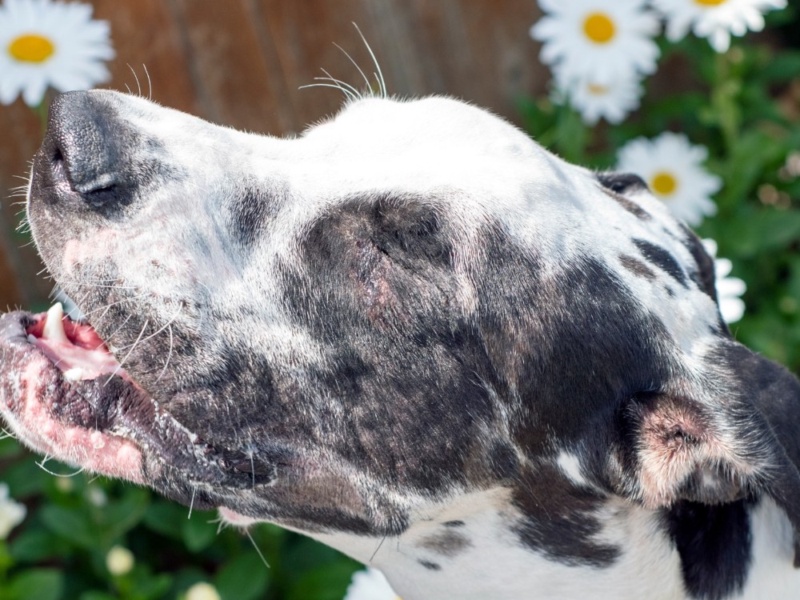
Dogs are cherished members of our families, providing us with unconditional love and companionship. However, just like humans, they can suffer from allergies. Allergies in dogs can cause discomfort and distress, affecting their quality of life. It's essential for dog owners to understand the common causes of allergies in dogs, enabling them to identify and manage these conditions effectively. In this blog, we will explore some of the most frequent culprits behind dog allergies.
1. Food Allergies
Food allergies are one of the primary causes of allergic reactions in dogs. Certain ingredients in their diet can trigger immune responses, leading to symptoms such as itching, gastrointestinal issues, and skin irritations. Common food allergens for dogs include beef, dairy products, chicken, wheat, soy, and corn. Identifying the specific allergen often requires an elimination diet or a visit to a veterinarian for allergy testing. Once the allergen is identified, a suitable dietary plan can be implemented to alleviate the symptoms.
2. Environmental Allergies
Environmental allergies, also known as atopic dermatitis or canine atopy, are caused by hypersensitivity to substances in the environment. These allergens can include pollen, dust mites, mold spores, grass, and certain chemicals. Dogs with environmental allergies typically experience symptoms like excessive itching, redness, hot spots, and recurrent ear infections. Minimizing exposure to allergens by keeping the dog's living space clean, using air filters, and avoiding outdoor allergens during peak seasons can provide some relief. In severe cases, veterinarians may prescribe medications or immunotherapy to manage symptoms.
3. Flea Allergy Dermatitis
Fleas are not only a nuisance to dogs but can also cause severe allergies. Flea allergy dermatitis occurs when a dog has an allergic reaction to the saliva of fleas. Even a single flea bite can trigger intense itching and discomfort. Dogs with flea allergies may experience hair loss, skin inflammation, and secondary infections due to constant scratching and biting. Prevention is key in managing flea allergy dermatitis. Regular flea control measures, including monthly topical treatments or oral medications, can significantly reduce the risk of flea infestation and allergic reactions.
4. Contact Allergies
Like humans, dogs can develop contact allergies when their skin comes into contact with certain irritants or substances. These allergens can include certain cleaning products, fabrics, plastics, grooming products, and plants like poison ivy. Contact allergies typically cause localized reactions, such as redness, itching, and inflammation of the affected area. Identifying and eliminating the allergen is crucial in managing contact allergies. Switching to hypoallergenic grooming products, avoiding contact with known irritants, and providing soothing topical treatments can help alleviate symptoms.
Signs of Allergies in Dogs
There are many signs that a dog may be experiencing allergies. Most commonly, allergic reactions in dogs are noticeable on the skin and ears. The dog will likely scratch, chew, or rub itself excessively. Often rubbing and scratching are concentrated around the face, but these behaviors can be directed at any part of the body. Frequent sneezing and upset bowels are also common signs of canine allergies.
Treatment
Benadryl is occasionally given to dogs as a treatment for allergies. However, you should only give your dog Benadryl after a veterinary diagnosis and prescription. Remember always to give your dog the dosage amount of Benadryl prescribed by your veterinarian.